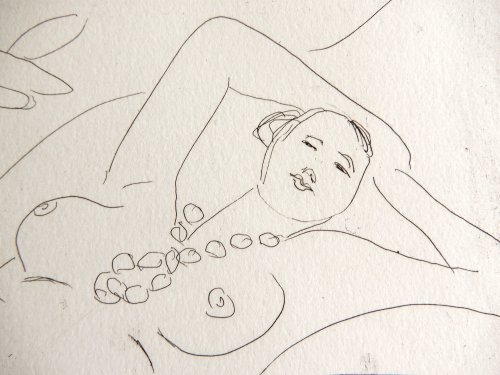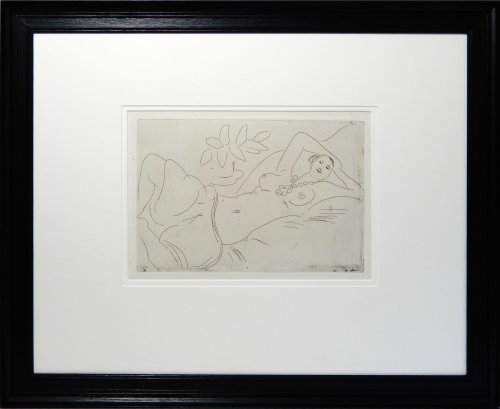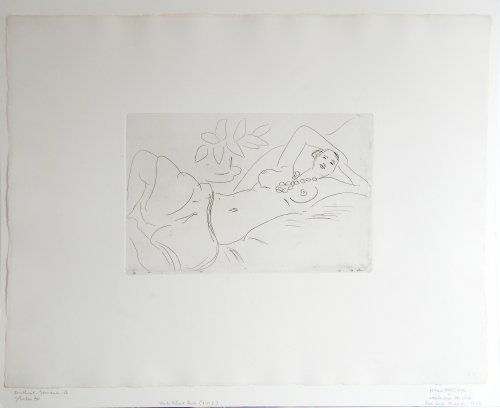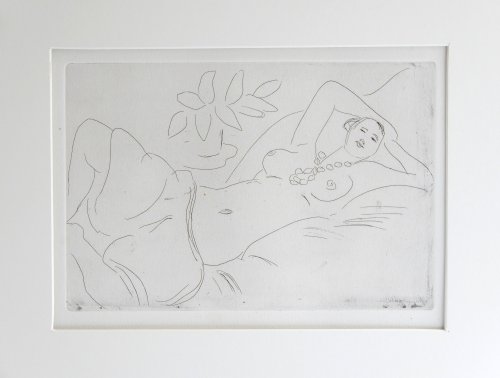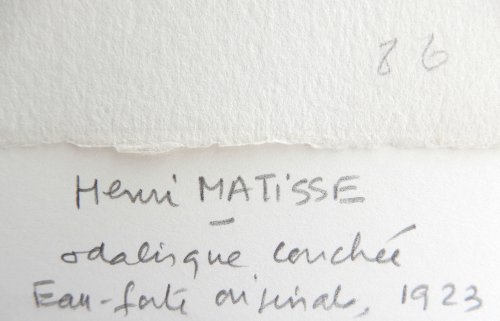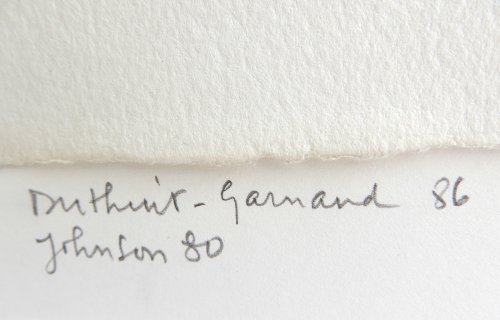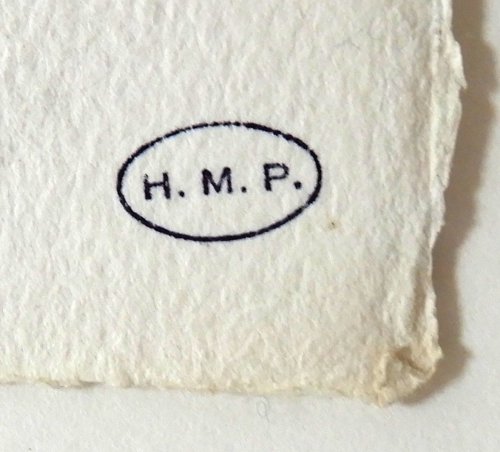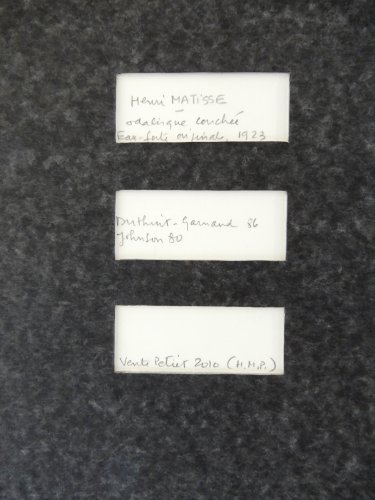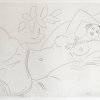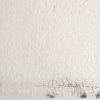Henri Matisse (1869-1954) Etching - 'Odalisque couchée'
About this piece
Etching, an eau-forte, made by Matisse in 1923. It's an original etching, edited by the famous and notorious art dealer Ambroise Vollard in an edition of around 150 examples. They are not numbered. This eau-forte was part of the collection of Henri Petiet, a well-known editor, collector, and art dealer. He had the largest collection of works on paper in the world. He bought the complete collection from Ambroise Vollard after his unexpected death. Vollard left no last will and had no heirs. This eau-forte is included in the Catalogue raisonné der l'oeuvre gravé of Duthuit-Garnaud, no. 86.
This work of an odalisque couchée is from a period of Matisse's working life when he was very interested in Orientalism; he studied the drawings, the patterns, and women were a big theme in his work. Besides paintings, he created a lot of graphic work. An odalisque is a servant and often a slave. The odalisque was a beloved theme, and many artists portrayed the odalisque, looking directly at the viewer and often half-naked, as Matisse did in this work. The expression on her face is so direct and powerful.
Eau-forte is an etching method where the artist paints or draws with an acid fluid on the etching plate. Around 1900, it was very en vogue and a beloved method. Pissarro, for instance, created many of them. This eau-forte is printed on vellum paper.
It's signed with 'Henri Matisse' on the etching plate (mirrored). On the left lower corner are 2 small letters 'T.E.', which indicates this etching can be one of the 6 examples (proofs) they made, 2 proofs on 3 different kinds of paper. Which makes it very rare. On the back, the collection label is visible, a circled 'HMP'. Also, the number 86 is noted in pencil.
Notes were also made on the passe-partout; "Henri Matisse, 'l'Odalisque couchée', Eau-forte originale, 1923". The notes in pencil: "Duthuit-Garnaud 86" and ", "Johnson 80" and "Vente Petiet, 2010 (HMP)". Still visible at the back of the frame. The work is framed in a massive oak frame, acid-free board and paper, and with special museum glass (Art glass).
Biography: Henri Matisse (Cateau-Cambrésis, 1869-Cimiez, 1954) was one of the founding fathers of Fauvism. He was very versatile; he made paintings, graphic art, sculptures, but also decorative art, and he even wrote a book. He originally studied law until he had appendicitis and had a long time to recover. He received some paint from his mother and started to copy some prints. He liked it so much he took drawing lessons and eventually moved to Paris. He wanted to study art at the Académie Julian and, in the meantime, followed lessons at the l'École des Arts décoratifs. It was not successful. At the Académie Julian, he wasn't welcome because Matisse was not considered talented enough!
He came in contact with Albert Marquet and Gustave Moreau; Moreau gave him lessons. He also came in contact with the art of van Gogh, and he met Camille Pissarro, who taught him a lot; it influenced him a lot.
Later on, he met George Rouault, Charles Camoin, Henri Manguin, and Henri Evenpoel.
In 1896 Matisse made his debut at the Salon Nationale des ~Beaux-arts. He sold 2 works out of 4. On the recommendation of Puvis-de Cavanne, he was allowed to be a member of the Salon. In 1898 he married Amélie Parayee; because of his membership of the Salon and the income of his wife, there was enough money to travel and to make a living as an artist. Together they made several journeys, to London and Corsica among others. They had a daughter named Marguerite.
In 1904 he stayed in Saint-Tropez at Paul Signac's; he started experimenting with Pointillism and Divisionism, and he created the famous painting "Luxe, calme et volupté" based on the poem of Baudelaire. But this method of painting was too narrow for Matisse, and he moved on.
In 1905, he spent a summer in Collioure, together with André Derain. They both started experimenting with contrasting colors without soothing transitions. Also, the perspective had no importance.
At the Salon d'Automne 1905, they exhibited their paintings, and an art critic was so negative, he called them "les Fauves," (animals), and the new art style Fauvism was born. The Fauvistic artists like Matisse, Marquet, de Vlaminck, Derain got very negative reviews; their art was described as barbaric, bad art, even a child could do better, and their work had nothing to do with art anyway.
But great art collectors like Gertrude Stein, Ivan Morozov, and Sergei Shchukin thought otherwise and were happy to buy Matisse's artworks.
Matisse moved to Nice in 1917; he made several journeys. He was very interested in Orientalism during this period.
In 1941, Matisse got cancer, and the doctors told him he had only six months to live. He decided to do what he wanted, no obligations, and expectations. He made many colourful drawings; his nurse was one of his models. Plants and flowers, interiors, ladies, all full of colours. His work was changing; he simplified his forms. He also made illustrations for his favourite poems.
In the last ten years of his life, Matisse was confined to a wheelchair, not able to paint any longer. He created cutouts from paper stained with gouache. Of all these cutouts, he created paintings.
Henri Matisse died in 1954 of a heart attack.
Provenance:
Collectie Henri Petiet
Literatuur:
M. Duthuit-Matisse, Cl. Duthuit; ' Matisse', Catalogue raisonné de l’oeuvre gravé etabli avec la collaboration de Françoise Garnaud, no. 86, Imprimerie Union, Paris, 1983.
Felix Baumann, Klaus Schenk en Margrit Hahnloser-Ingold; 'Henri Matisse', Kunsthaus Zurich, 1982.
Condition
goed
Material:
Paper
Measurements:
Afbeelding:
Length: 19,8 cm
(7,8")
Width: 29,7 cm
(11,69")
Papiermaat:
Length: 45,5 cm
(17,91")
Width: 57 cm
(22,44")
Ingelijst:
Length: 65 cm
(25,59")
Width: 52,5 cm
(20,67")
Year:
1923
Origin:
France
Artist / atelier:
Henri Matisse ,

